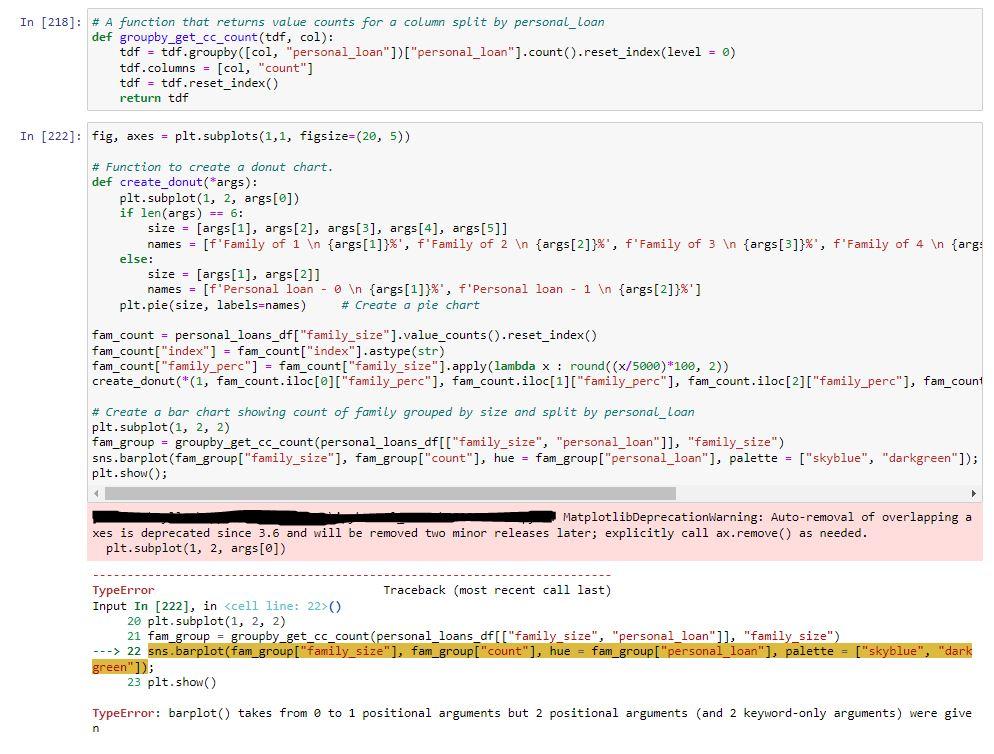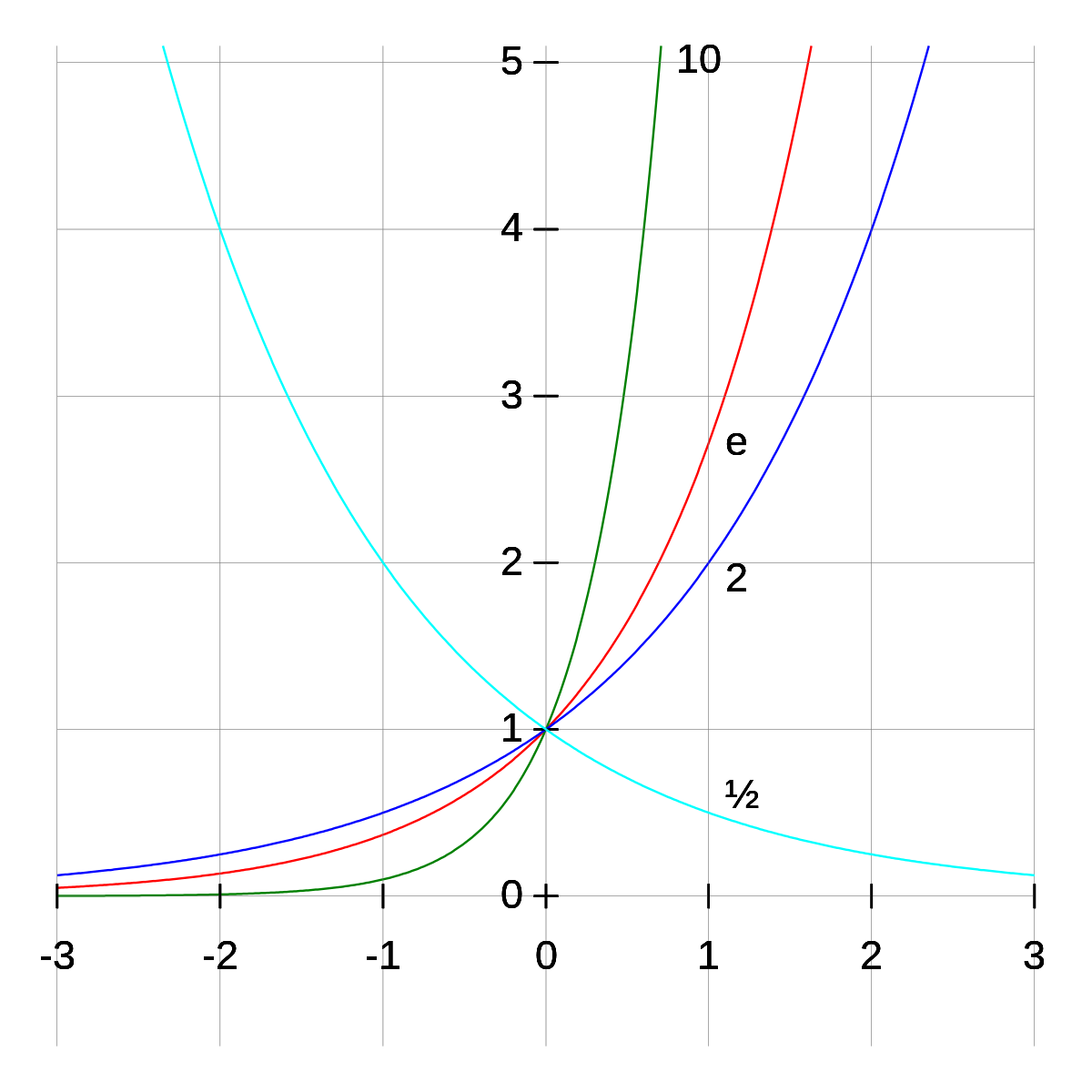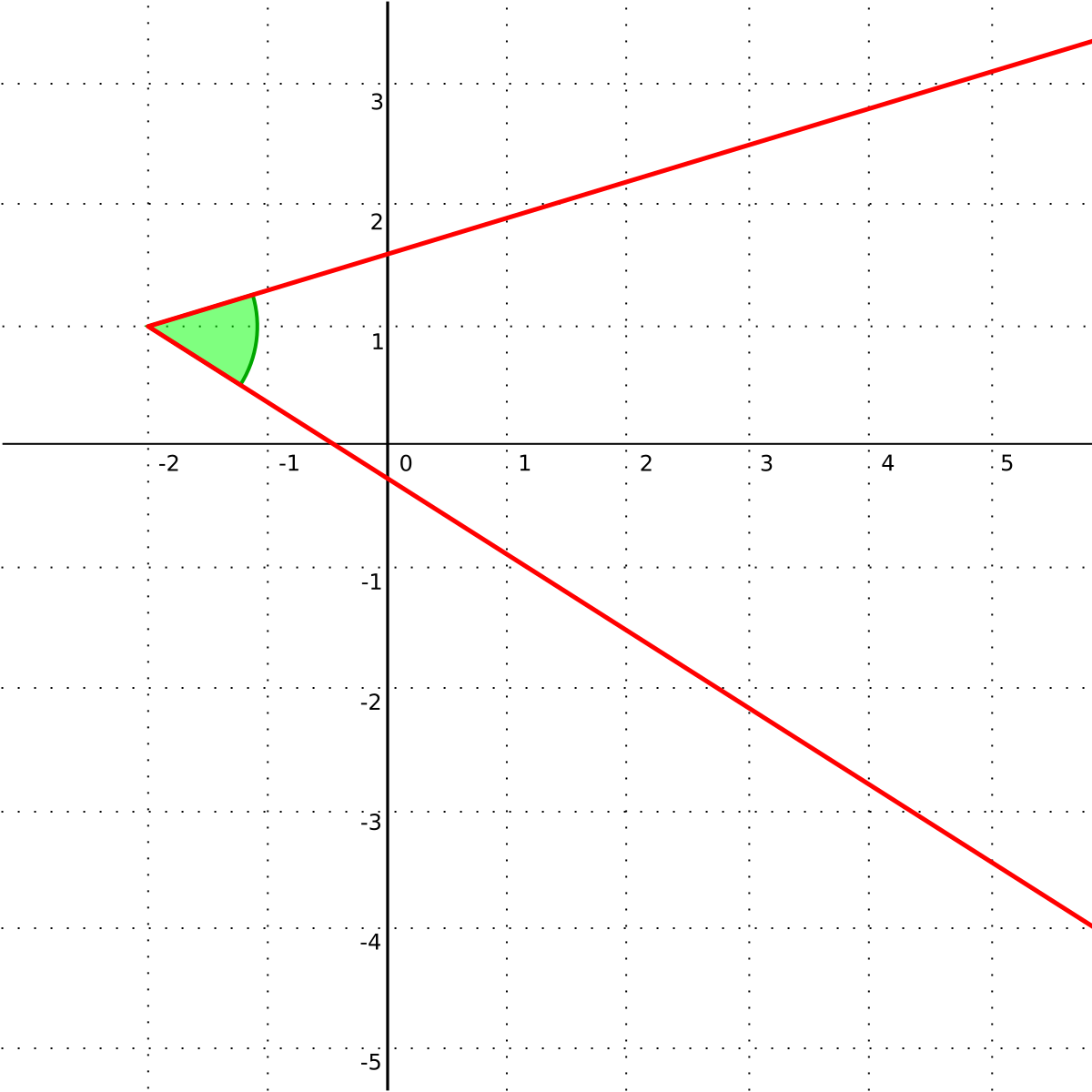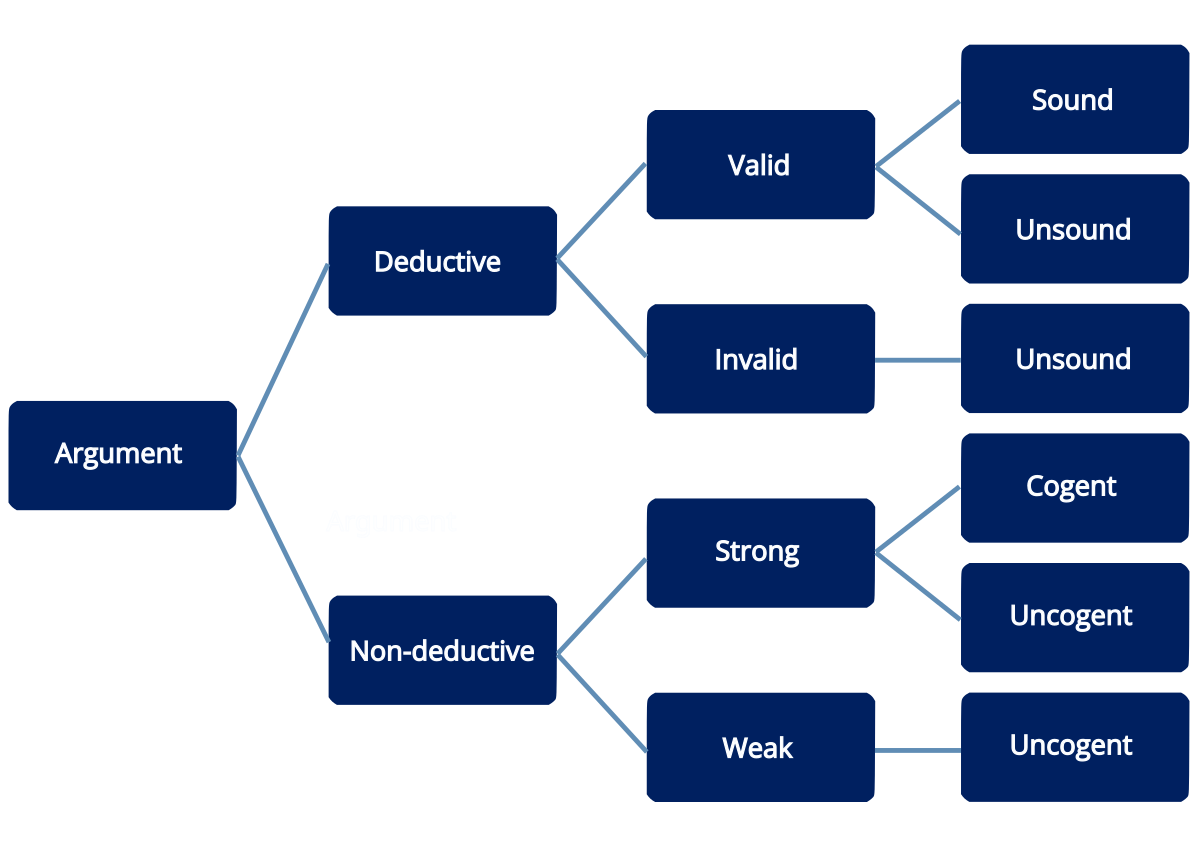Takes 0 Positional Arguments But 1 Was Given
In Python, positional arguments are one of the fundamental concepts that allow us to pass values to functions. When a function is defined, it can be designed to accept one or more positional arguments. These arguments are passed to the function in a specific order and are accessed within the function by their position.
The function definition and the concept of parameters in Python
Before we delve into the concept of positional arguments, let’s understand the function definition and the concept of parameters in Python. When defining a function, we specify the parameters it will accept. Parameters act as placeholders for values that will be passed to the function during its invocation.
For example, consider the following function definition:
“`python
def add_numbers(a, b):
sum = a + b
return sum
“`
In this case, `a` and `b` are the parameters of the `add_numbers` function. They define the required inputs for the function and are used to perform the desired computation.
An introduction to the concept of “arguments” in Python
In Python, arguments are the actual values that are passed to a function when it is called. These arguments are matched to the function parameters based on their position, hence the term “positional arguments.” When the function is invoked, the values are assigned to the corresponding parameters based on their order.
For example, consider the following function call:
“`python
result = add_numbers(5, 3)
“`
Here, `5` and `3` are the arguments being passed to the `add_numbers` function. These values are assigned to `a` and `b` respectively, and the function performs the addition to produce the result.
Exploring the difference between positional arguments and keyword arguments
In addition to positional arguments, Python also supports keyword arguments. The difference between the two lies in how the arguments are passed to the function. While positional arguments rely on the order of the arguments, keyword arguments are specified by name.
For example, consider the following function definition:
“`python
def greet(name, age):
print(“Hello”, name, “! You are”, age, “years old.”)
“`
To call this function using positional arguments, we would write:
“`python
greet(“Alice”, 25)
“`
The output would be:
“`
Hello Alice! You are 25 years old.
“`
On the other hand, using keyword arguments, we can call the function in the following way:
“`python
greet(age=25, name=”Alice”)
“`
The output remains the same. However, by using keyword arguments, we can pass the arguments in any order, making the code more readable and self-explanatory.
Common errors and pitfalls when dealing with positional arguments
One common error that developers encounter when dealing with positional arguments is the “Takes 0 positional arguments but 1 was given” error. This error occurs when a function is called without providing the required positional arguments.
For example, consider the following function definition:
“`python
def square_number(x):
return x ** 2
“`
If we mistakenly call this function without passing any argument:
“`python
result = square_number()
“`
Python will raise an error:
“`
TypeError: square_number() missing 1 required positional argument: ‘x’
“`
To fix this error, we need to ensure that all the required positional arguments are provided when invoking the function.
Techniques for handling multiple positional arguments in Python
In some cases, we may need to handle multiple positional arguments in a function. Python provides various techniques to achieve this, such as using parameter lists and the `*args` notation.
Parameter lists allow us to pass a variable number of arguments to a function. By using an asterisk (`*`) before the parameter name, we can denote that the function can accept multiple arguments.
For example, consider the following function definition:
“`python
def average(*numbers):
total = sum(numbers)
return total / len(numbers)
“`
In this case, the `*numbers` parameter can accept any number of positional arguments. We can then perform computations on the `numbers` tuple within the function.
Utilizing default arguments to improve function flexibility
Python also allows us to assign default values to parameters, making them optional. These default arguments ensure that the function can still be called even if certain positional arguments are not provided.
For example, consider the following function definition:
“`python
def exponentiate(base, power=2):
return base ** power
“`
In this case, the `power` parameter has a default value of `2`. If we call the function without explicitly providing a value for `power`, it will assume the default value.
“`python
result = exponentiate(3)
“`
The output would be `9`, as the function squares the base by default.
Best practices for using positional arguments in Python code
When working with positional arguments in Python, it is important to follow some best practices to ensure code readability and maintainability. Here are a few tips:
1. Use descriptive names for both parameters and arguments to enhance code clarity.
2. Document the expected order of positional arguments in the function’s docstring.
3. Avoid excessive use of positional arguments, as it can make the code harder to understand.
4. Consider using keyword arguments when the arguments have a specific meaning, especially if there are many arguments.
5. Practice defensive programming by including proper error handling for missing or incorrect positional arguments.
Examples and use cases showcasing positional arguments in action
Let’s explore some examples and use cases to see how positional arguments are used in real-world scenarios.
1. Mathematical operations: Functions that perform mathematical operations often use positional arguments to receive the numbers involved.
2. Data analysis: Functions that analyze data may accept positional arguments for data sets or specific columns.
3. String manipulation: Functions that manipulate strings, such as formatting or extracting specific characters, may use positional arguments to receive strings to be processed.
Further resources and references for mastering positional arguments in Python
To further enhance your understanding of positional arguments in Python, here are some valuable resources:
1. Official Python documentation on functions: https://docs.python.org/3/tutorial/controlflow.html#defining-functions
2. Real Python article on Python function arguments: https://realpython.com/defining-your-own-python-function/
3. Stack Overflow discussion on handling positional arguments: https://stackoverflow.com/questions/3394835/use-of-args-and-kwargs
4. YouTube tutorial on Python function arguments: https://www.youtube.com/watch?v=_96wZus_kC0
In conclusion, understanding positional arguments is essential for writing effective and flexible code in Python. By grasping the concept and exploring the best practices, we can harness the power of positional arguments to create robust and maintainable functions. Remember to pay attention to error handling and leverage the flexibility provided by keyword arguments when necessary.
Typeerror | Index() Takes 0 Positional Arguments But 1 Was Given Django Error | Python | Aryadrj
What Takes Positional Arguments But Was Given?
In the world of programming, developers often encounter errors or issues related to function argument handling. One such error is the infamous “What takes positional arguments but was given?” This error message typically appears when a function is called with incorrect arguments. Understanding how to properly handle arguments is crucial for developers to create robust and error-free code. In this article, we will delve into the details of positional arguments, explore common mistakes in argument handling, and provide strategies to avoid encountering this error.
I. Understanding Positional Arguments
Positional arguments are the values or variables passed to a function in a particular order. When invoking a function, these arguments must be provided in the same order as the function’s parameter list. Positional arguments enable developers to pass values to functions and allow the function to perform operations on those values.
For example, let’s consider a simple function that adds two numbers:
“`
def add_numbers(x, y):
return x + y
“`
Here, ‘x’ and ‘y’ are the positional arguments. When calling this function, we need to provide values for both ‘x’ and ‘y’ in the exact order specified by the function definition.
II. Common Mistakes and Error Messages
One common mistake programmers make is using the wrong number of positional arguments while calling a function. If the function requires two positional arguments, but only one is provided, the “What takes positional arguments but was given?” error occurs. This error message signifies that the function has not received the expected number of arguments.
Another mistake is providing arguments in the incorrect order. If ‘x’ and ‘y’ parameters are swapped while calling the ‘add_numbers’ function, the code will execute without errors, but the result will be incorrect. Such issues can lead to unexpected behavior and bugs.
III. Strategies to Avoid the Error
1. Understanding Function Signatures:
Before calling any function, it is essential to understand its signature – the parameter list and expected order of arguments. Referencing the function’s documentation or reading through the code can provide insights into the required arguments and their order.
2. Double-checking Argument Count:
Always double-check the number of positional arguments required for a function. If a function requires two arguments, ensure that both are provided. Being vigilant about the number of arguments can help prevent the “What takes positional arguments but was given?” error.
3. Consistent Ordering:
Maintain consistent ordering of arguments while calling functions. Keeping track of the expected order can eliminate errors that might occur due to swapped arguments.
4. Keyword Arguments:
Using keyword arguments instead of positional arguments can provide greater clarity and flexibility. By specifying the argument names explicitly, there is no need to worry about their order. However, not all functions support keyword arguments, so check the function’s documentation to confirm.
FAQs:
Q1. Can this error occur in languages other than Python?
Yes, other programming languages also have similar error messages when positional arguments are supplied incorrectly. However, the specific error message and its format might differ.
Q2. What are some other types of function arguments?
Apart from positional arguments, programming languages often support default arguments, variable-length arguments, and keyword arguments. These types of arguments offer additional functionality and flexibility when writing functions.
Q3. What is the impact of incorrect argument handling on code?
Incorrect argument handling can lead to various issues such as unexpected behavior, incorrect results, or even program crashes. These errors can be particularly challenging to debug and fix if they occur in complex codebases.
Q4. Are there tools available to help identify argument handling issues?
Yes, modern Integrated Development Environments (IDEs) often provide powerful static analysis tools that can identify argument handling issues. These tools can highlight potential errors and suggest corrections in real-time, increasing efficiency and reducing debugging time.
In conclusion, proper argument handling is crucial in programming to ensure smooth execution of functions and prevent errors like “What takes positional arguments but was given?” By understanding the concept of positional arguments, being mindful of their order, and double-checking argument count, developers can avoid this error. Additionally, leveraging tools that aid in identifying argument handling issues can substantially enhance code quality and productivity.
How To Fix Missing 1 Required Positional Argument In Python?
Python is a versatile and powerful programming language that is widely used for various applications. However, like any other programming language, Python also has its fair share of errors and issues. One common error that developers often encounter is the “missing 1 required positional argument” error. In this article, we will delve into the details of this error and discuss various ways to fix it.
Understanding the “missing 1 required positional argument” error:
When you encounter the “missing 1 required positional argument” error in Python, it typically means that you are calling a function without providing all the necessary arguments. In Python, functions can have both required and optional arguments. Required arguments are essential parameters that must be provided for the function to work correctly. If you fail to pass the required arguments for a function, you will encounter this error.
To better understand this error, let’s consider an example. Suppose we have a function called “add_numbers” that takes two arguments, “a” and “b,” and returns their sum. Here is how the function is defined:
“`
def add_numbers(a, b):
return a + b
“`
Now, if we call the function without providing the required arguments, as shown below:
“`
result = add_numbers()
“`
Python will raise the “TypeError: add_numbers() missing 2 required positional arguments: ‘a’ and ‘b'” error. The error message indicates that “add_numbers” requires two arguments, but none were provided.
Fixing the missing argument error:
To fix the “missing 1 required positional argument” error, you need to ensure that all the required arguments for a function are passed correctly. Here are a few methods you can use:
1. Provide the required arguments: The simplest solution is to make sure you provide all the necessary arguments when calling a function. In our example, to fix the error, you can call the “add_numbers” function as follows:
“`
result = add_numbers(3, 5)
“`
Now, the function will add the numbers 3 and 5, and store the result in the “result” variable.
2. Use default argument values: Python allows you to define default values for function arguments. By providing a default value for an argument, you make it optional, allowing the function to be called without explicitly passing a value. To modify the “add_numbers” function with default values, you can do the following:
“`
def add_numbers(a=0, b=0):
return a + b
“`
Now, if you call the function without any arguments, it will use the default values of 0 for “a” and “b.” For example:
“`
result = add_numbers()
“`
This will return 0, as both “a” and “b” have their default values.
FAQs
Q1. Can I have both required and optional arguments in a function?
Yes, Python allows you to define both required and optional arguments in a function. You can specify required arguments without default values, and optional arguments with default values. This provides flexibility in how the function can be called.
Q2. What if I have multiple required arguments in a function?
If a function has multiple required arguments, you need to make sure that all of them are provided when calling the function. Failure to do so will lead to the “missing n required positional arguments” error, where “n” represents the number of missing arguments.
Q3. Can I change the order of arguments when calling a function?
Yes, Python allows you to change the order of arguments when calling a function by using keyword arguments. Instead of relying on the positional order of arguments, you can specify values explicitly by mentioning the argument name and its value. For example:
“`
result = add_numbers(b=5, a=3)
“`
By using keyword arguments, you can provide the values in any order and still achieve the desired result.
Q4. How can I avoid this error in my code?
To avoid the “missing 1 required positional argument” error, make sure to carefully check the function’s definition and the arguments it expects. Always provide all the required arguments when calling a function or set default values for optional arguments.
Conclusion:
Fixing the “missing 1 required positional argument” error in Python is crucial for ensuring the smooth execution of your code. By providing all the required arguments or using default values for optional arguments, you can overcome this error. Remember to have a clear understanding of the function’s arguments and their usage to avoid encountering this error in your Python programs.
Keywords searched by users: takes 0 positional arguments but 1 was given Takes 0 positional arguments but 2 were given, Takes 1 positional argument but 2 were given, Barplot takes from 0 to 1 positional arguments but 2 were given
Categories: Top 91 Takes 0 Positional Arguments But 1 Was Given
See more here: nhanvietluanvan.com
Takes 0 Positional Arguments But 2 Were Given
In the realm of programming and computer science, it is common to come across perplexing error messages that seem to make little sense at first glance. One such message that often leaves beginners scratching their heads is “Takes 0 positional arguments but 2 were given.” This seemingly cryptic error message is encountered when attempting to call a function without providing the expected number of arguments. In this article, we will delve into the intricacies of this error message, explaining its meaning and providing some common scenarios in which it may occur.
Understanding the Error Message:
At its core, the error “Takes 0 positional arguments but 2 were given” is a way for Python (as an example language) to inform the programmer that a function has been called with more arguments than it can handle. Functions are designed to accept a specific number of arguments, and when called, they can only work with the precise number of arguments they were defined with.
The term “positional arguments” refers to the arguments provided to a function in the order defined by its parameter list. When a function is expecting 0 positional arguments, it means that it does not require any arguments to be passed when called. However, if this function receives additional arguments, it throws the error, indicating that too many arguments were passed.
Common Scenarios:
1. Incorrect Function Call:
One common scenario leading to this error is when the function is called with parentheses ‘()’ as if it were a callable object. This may mistakenly lead the programmer to believe that the function requires parenthesis after its name, causing the error to occur. To resolve this issue, simply remove the parentheses when calling the function.
2. Mistakenly Passing Arguments:
Another possibility is that the programmer accidentally passes arguments when calling a function that should not expect any. This can happen due to various factors, such as misunderstandings of the function’s purpose or confusion with similar function names that do require arguments. To resolve this, carefully review the function’s documentation or signature to ensure the correct usage.
FAQs:
Q1: What if I need to pass arguments to a function that takes 0 positional arguments?
In general, functions that take 0 positional arguments are not designed to handle any extra information. However, if you need to provide additional data, there are alternative ways to achieve this. For instance, you could use global variables or define the required data as attributes of an object. Additionally, you may consider modifying the function itself to accept the desired arguments.
Q2: What is the difference between positional and keyword arguments?
Positional arguments are defined by their position in the argument list, while keyword arguments are passed by their argument name. For example, let’s say we have a function that expects two positional arguments: `my_function(arg1, arg2)`. To call this function, we would need to pass the arguments in the correct order: `my_function(value1, value2)`. On the other hand, if the function accepts keyword arguments as well, we can use their names to explicitly pass values: `my_function(arg1=value1, arg2=value2)`.
Q3: Can similar errors occur with functions that require a specific number of arguments?
Yes, indeed! Apart from the error discussed in this article, other common errors include “Takes 2 positional arguments but 0 were given” or even more complex variations. These kinds of errors typically arise when the function is called without providing the expected number of arguments, whether it be too many or too few. It is crucial to understand the function’s requirements and provide the appropriate number of arguments to avoid these errors.
In conclusion, the error message “Takes 0 positional arguments but 2 were given” may initially seem puzzling but has a straightforward explanation. It signifies that a function, which does not expect any arguments, was called with extras. By understanding this error, identifying its common scenarios, and following best practices, programmers can overcome this obstacle and write more efficient and bug-free code.
Takes 1 Positional Argument But 2 Were Given
Python, being a dynamically-typed language, often provides helpful error messages, which can greatly assist developers in identifying and rectifying problems in their code. One of the common error messages that programmers may encounter is “TypeError: takes 1 positional argument but 2 were given.” In this article, we will delve into the reasons behind this error message, explore its implications, and provide practical tips to resolve it. So, let’s dive right in!
Understanding the Error:
When the error message “TypeError: takes 1 positional argument but 2 were given” appears, it means that a function or method has been called with more arguments than it expects. In Python, functions and methods have a specific number of arguments defined in their signature. When invoking these functions, we must pass the correct number of arguments as specified, or else Python throws this error.
What causes this error?
There are a few common scenarios that can trigger this error message:
1. Incorrect Function Call: Often, this error is the result of mistakenly providing extra arguments in the function call. It may be due to a typing mistake, accidental duplication, or misunderstanding of the function’s requirements.
2. Incorrect Method Invocation: Similarly, this error can occur when calling a method with more arguments than it expects. In object-oriented programming, methods are associated with a specific object or class. Calling these methods with the wrong number of arguments can lead to the “takes 1 positional argument but 2 were given” error.
3. Late Binding/Closure Issues: In some cases, when using closures or late binding, the function might capture variables in the enclosing scope. If these captured variables are modified before invoking the function, it can result in a mismatch between the expected number of arguments and the number provided.
Resolving the Issue:
To fix the “takes 1 positional argument but 2 were given” error, we need to carefully analyze the code and identify the cause. Here are some guidelines for resolving this error:
1. Check the function signature: Verify the function signature to understand how many arguments the function expects. Cross-reference this with the function call and ensure that the correct number of arguments is provided.
2. Review the documentation: Refer to the documentation or function’s source code to gain more insights into the expected argument structure. It can help identify any special rules or optional arguments that need to be considered.
3. Examine the arguments: Analyze the function call and ensure that the arguments being passed are correct and in the appropriate order. Pay attention to data types, as incorrect data types can also trigger this error.
4. Remove extra arguments: If the error is caused by providing additional arguments, simply remove the extra arguments from the function call to align with the expected number of arguments.
5. Add missing arguments: On the other hand, if the error indicates that too many arguments were given, carefully review the function’s requirements and include the missing arguments while conforming to the defined signature.
6. Check for method invocations: In object-oriented programming, double-check the method invocations and ensure that the correct number of arguments are being passed while adhering to the defined class structure.
7. Revisit closures and late binding: If the error occurs in the context of closures or late binding, investigate the captured variables and their state during function invocation. Make sure they haven’t inadvertently affected the expected number of arguments.
Frequently Asked Questions:
Q1. Can this error occur with keyword arguments as well?
Yes, this error can occur with both positional and keyword arguments. The error message may vary slightly, but the underlying issue remains the same.
Q2. Are there any tools to help identify this error?
Yes, there are various linting tools, such as pylint and flake8, that can highlight function calls with incorrect argument counts. Utilizing these tools can help detect and resolve these errors early in the development process.
Q3. How can I avoid this error altogether?
To avoid this error, it’s essential to have a solid understanding of the function’s signature and requirements. Additionally, using proper documentation, type hinting, and automated testing can assist in catching potential issues.
In conclusion, the “TypeError: takes 1 positional argument but 2 were given” error message in Python indicates that a function or method is receiving more arguments than it expects. By closely examining the code, checking the function signature, and making appropriate adjustments, programmers can effectively resolve this error and ensure their code runs smoothly. Remember, attention to detail and careful consideration of function requirements are key to writing error-free code in Python.
Images related to the topic takes 0 positional arguments but 1 was given

Found 46 images related to takes 0 positional arguments but 1 was given theme
![FIXED] Takes '0' positional arguments but '1' was given - AskPython Fixed] Takes '0' Positional Arguments But '1' Was Given - Askpython](https://www.askpython.com/wp-content/uploads/2021/12/function-takes-0-positional-arguments-but-1-was-given-1024x683.png.webp)






![Solved] TypeError: method() takes 1 positional argument but 2 were given – Be on the Right Side of Change Solved] Typeerror: Method() Takes 1 Positional Argument But 2 Were Given – Be On The Right Side Of Change](https://blog.finxter.com/wp-content/uploads/2021/06/image-40.png)


















![FIXED] Takes '0' positional arguments but '1' was given - AskPython Fixed] Takes '0' Positional Arguments But '1' Was Given - Askpython](https://www.askpython.com/wp-content/litespeed/avatar/b0c8ea984fd10c829afbd86940c9badf.jpg?ver=1688037422)









Article link: takes 0 positional arguments but 1 was given.
Learn more about the topic takes 0 positional arguments but 1 was given.
- TypeError: takes 0 positional arguments but 1 was given
- generatecode() takes 0 positional arguments but 1 was given …
- takes 0 positional arguments but 1 was given – TypeError
- Python takes 1 positional argument but 2 were given Solution | CK
- TypeError: __init__() missing 1 required positional argument
- Python missing 1 required positional argument: ‘self’ Solution
- TypeError: missing 1 required positional argument: ‘self’ (Fixed)
- [FIXED] Takes ‘0’ positional arguments but ‘1’ was given
- method() takes 0 positional arguments but 1 was given
- discussion forum 2 – QUESTION 1 > – Studocu
See more: nhanvietluanvan.com/luat-hoc